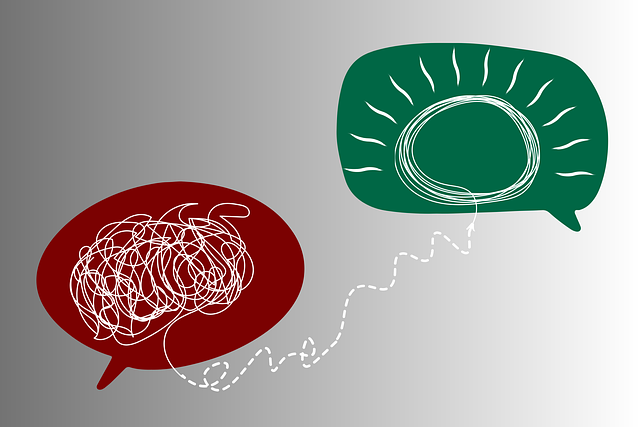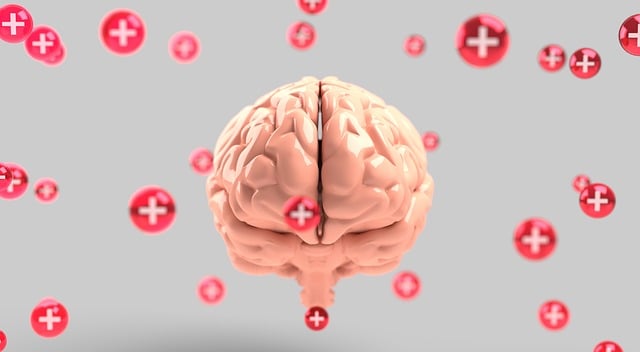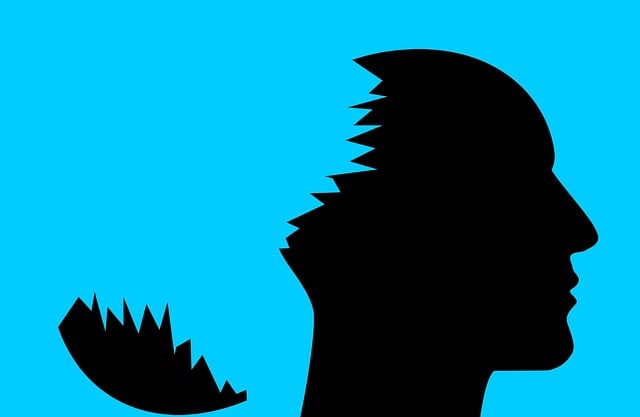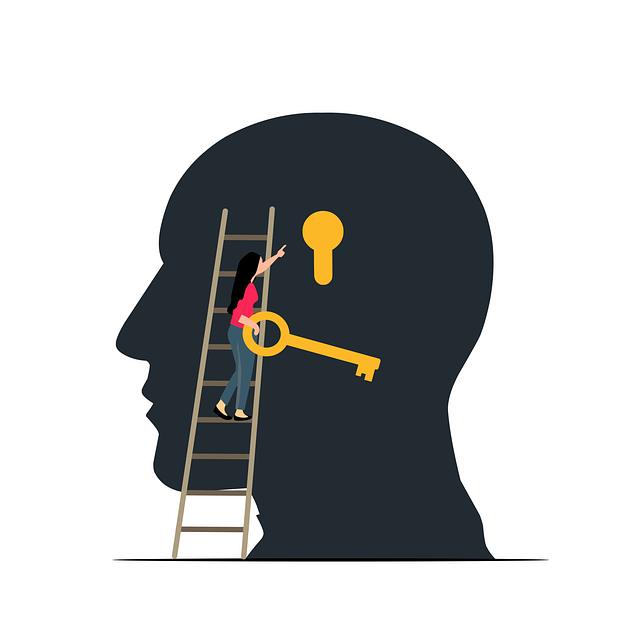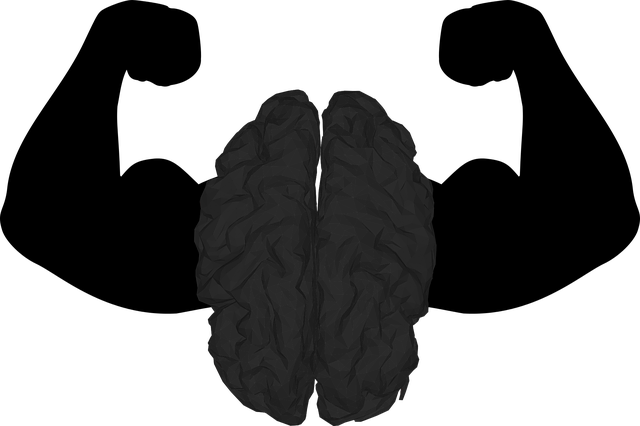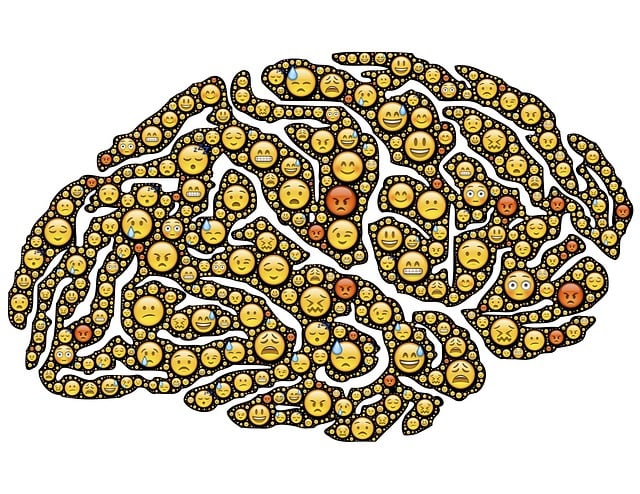Mental wellness apps offer a revolutionary approach to address children's chronic pain and related psychological challenges by providing accessible, personalized, and engaging therapy options outside traditional clinic settings. Integrating evidence-based practices like CBT, these apps complement medical care, empower parents, and foster resilience through positive thinking, relaxation techniques, and mindfulness exercises tailored to young users' cognitive development. With user-centric interfaces featuring playful elements and age-appropriate language, they ensure effective pain management while enhancing mental health and self-care routines for children experiencing chronic pain. Collaboration between developers and healthcare professionals ensures content aligns with best practices, addressing specific challenges faced by these young patients.
Mental wellness apps are gaining traction as innovative solutions for children’s healthcare. With a growing emphasis on addressing mental health early, understanding the unique needs of young users is paramount. This article explores the development of apps tailored for therapy in managing chronic pain among children. We delve into key features, user-centric design, evidence-based practices, and ethical considerations, offering insights to guide creators in crafting effective digital tools for improving kids’ mental wellness, particularly those grappling with chronic pain.
- Understanding the Need for Mental Wellness Apps in Children's Healthcare
- Identifying Key Features for Therapy Applications Targeting Chronic Pain
- Designing User-Centric Interfaces for Young Users
- Integrating Evidence-Based Practices and Professional Collaboration
- Privacy, Safety, and Ethical Considerations in Developing Kids' Mental Health Solutions
Understanding the Need for Mental Wellness Apps in Children's Healthcare

In today’s digital age, mental wellness apps have emerged as a vital tool to address growing concerns regarding children’s healthcare. With an increasing number of young individuals facing chronic pain and related psychological challenges, there is a pressing need for accessible and engaging solutions. Traditional therapy methods often present barriers such as long waiting lists, limited availability, and cost, making it difficult for families to secure the necessary support. This is where mental wellness apps step in, offering a convenient and discreet way to provide children with much-needed therapy for chronic pain management.
By integrating evidence-based practices like crisis intervention guidance and compassion cultivation, these apps can help children cope with pain, anxiety, and associated emotional distress. Furthermore, healthcare provider cultural competency training can ensure that app content is sensitive to diverse cultural backgrounds, making it relevant and effective for a broader user base. This innovative approach not only complements traditional medical care but also empowers parents and caregivers by providing them with tools to actively support their child’s mental wellness journey.
Identifying Key Features for Therapy Applications Targeting Chronic Pain

When developing therapy applications targeting chronic pain, particularly for children, identifying key features that cater to their unique needs is paramount. These apps should offer a combination of evidence-based therapies and engaging interfaces to capture and retain young users’ interest. Incorporating features like personalized treatment plans tailored to individual experiences of chronic pain can significantly enhance effectiveness. Interactive tools such as mood trackers, visual analytics presenting progress over time, and gamified exercises for stress reduction methods and self-care practices are powerful additions.
Additionally, these apps must prioritize the mental wellness aspect by integrating positive thinking strategies, relaxation techniques, and mindfulness exercises that cater specifically to children’s cognitive and emotional development. By combining therapeutic activities with fun, interactive elements, therapy applications can effectively manage chronic pain while fostering resilience and overall well-being in young users.
Designing User-Centric Interfaces for Young Users

Designing user-centric interfaces is paramount when creating mental wellness apps tailored for young users. This age group brings unique challenges and opportunities, as children with chronic pain often require intuitive tools that foster engagement while promoting self-care. Incorporating playful elements, bright visuals, and simple navigation can make complex therapy processes more accessible and enjoyable. For instance, integrating interactive games or gamified features can subtly introduce coping strategies, such as mindfulness exercises or relaxation techniques, making them less daunting for young users dealing with chronic pain.
Empathy building strategies are integral to these interfaces, ensuring the app responds sensitively to individual needs. This could involve personalized profiles that allow children to express their feelings, set achievable goals, and track progress. By implementing effective communication strategies, such as clear language suitable for their age group and emotional support mechanisms, mental wellness apps can empower young users to actively participate in managing their chronic pain and developing robust self-care routines for better mental health.
Integrating Evidence-Based Practices and Professional Collaboration

Integrating evidence-based practices is paramount in mental wellness app development, especially when catering to vulnerable populations like children suffering from chronic pain. Therapies such as cognitive-behavioral therapy (CBT) have proven effective in managing pain and improving self-esteem among children. Apps that incorporate CBT techniques, like guided meditations tailored for pediatric needs, can offer accessible therapy options beyond traditional clinic settings.
Professional collaboration is another critical aspect. Mental wellness apps should be co-created with healthcare professionals, including psychologists, pediatricians, and communication experts. This ensures the app’s content aligns with best practices in child therapy, incorporates effective communication strategies, and addresses challenges specific to children managing chronic pain. Such collaborative development fosters trust and enhances the app’s potential to positively impact users’ mental health and overall well-being.
Privacy, Safety, and Ethical Considerations in Developing Kids' Mental Health Solutions

Developing mental wellness apps for children requires a meticulous approach to privacy, safety, and ethical considerations. When creating solutions aimed at addressing issues like chronic pain or depression prevention in kids, developers must ensure that all user data is securely stored and protected. Given that children may not fully comprehend their digital footprint, it’s crucial to implement robust encryption methods and adhere to strict data protection regulations such as GDPR or COPPA.
Furthermore, the content within these apps should be evidence-based, carefully curated, and reviewed by experts in pediatric psychology and therapy. Incorporating self-awareness exercises and promoting self-esteem improvement can significantly benefit young users; however, these features must be designed with age-appropriateness in mind. Developers should also consider potential adverse effects of app usage, such as screen time limitations, to foster a healthy balance between digital engagement and real-world interactions.
Mental wellness apps have the potential to revolutionize therapy for children experiencing chronic pain by offering accessible, engaging, and user-centric solutions. By incorporating evidence-based practices, professional collaboration, and thoughtful design, developers can create impactful tools that enhance healthcare accessibility and outcomes. As we move forward, prioritizing privacy, safety, and ethical considerations is paramount to ensuring these apps serve the best interests of young users, fostering a brighter path towards mental wellness for children navigating chronic pain.

